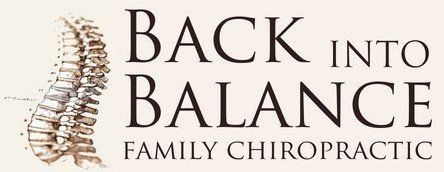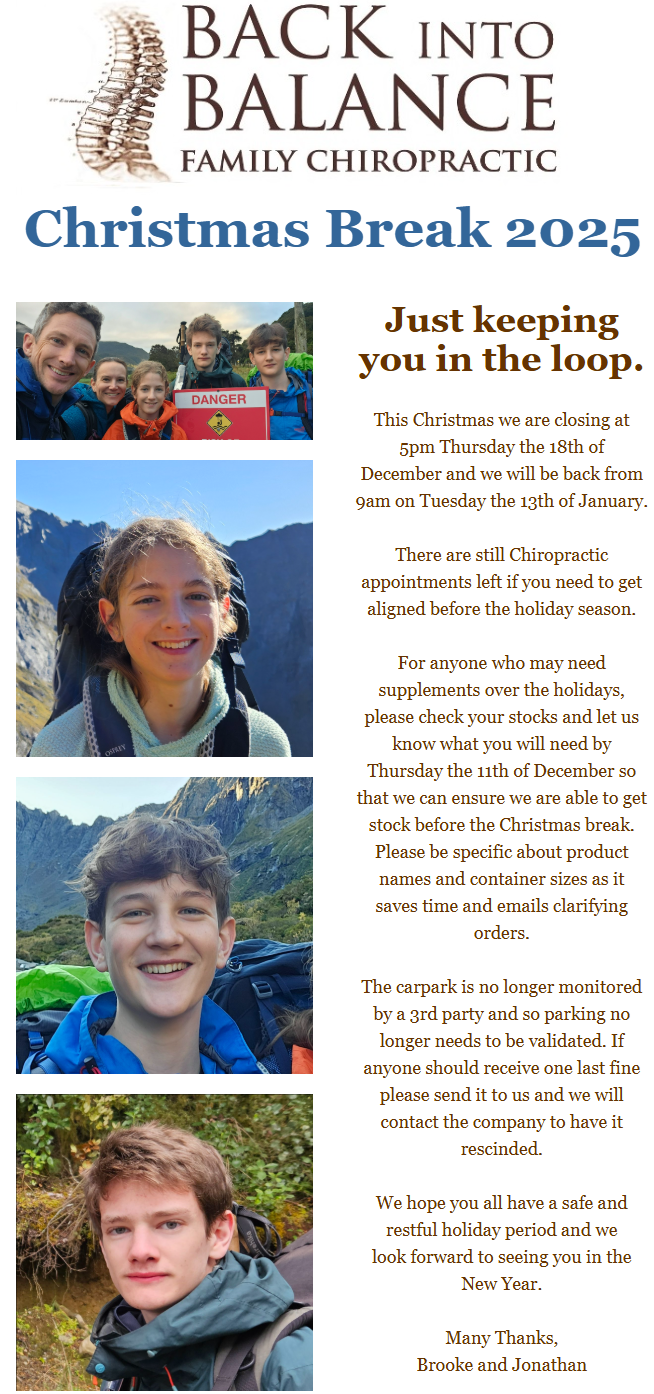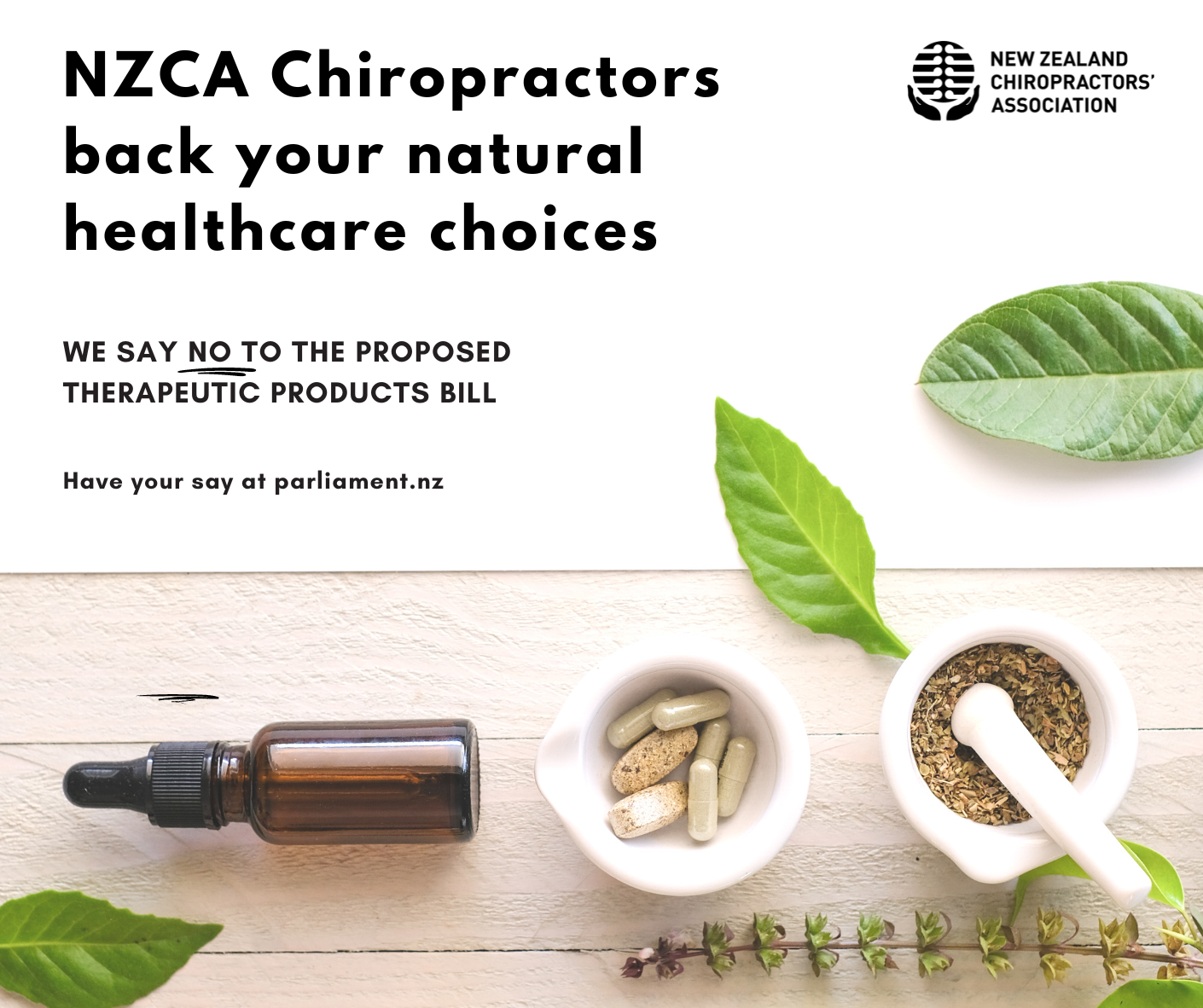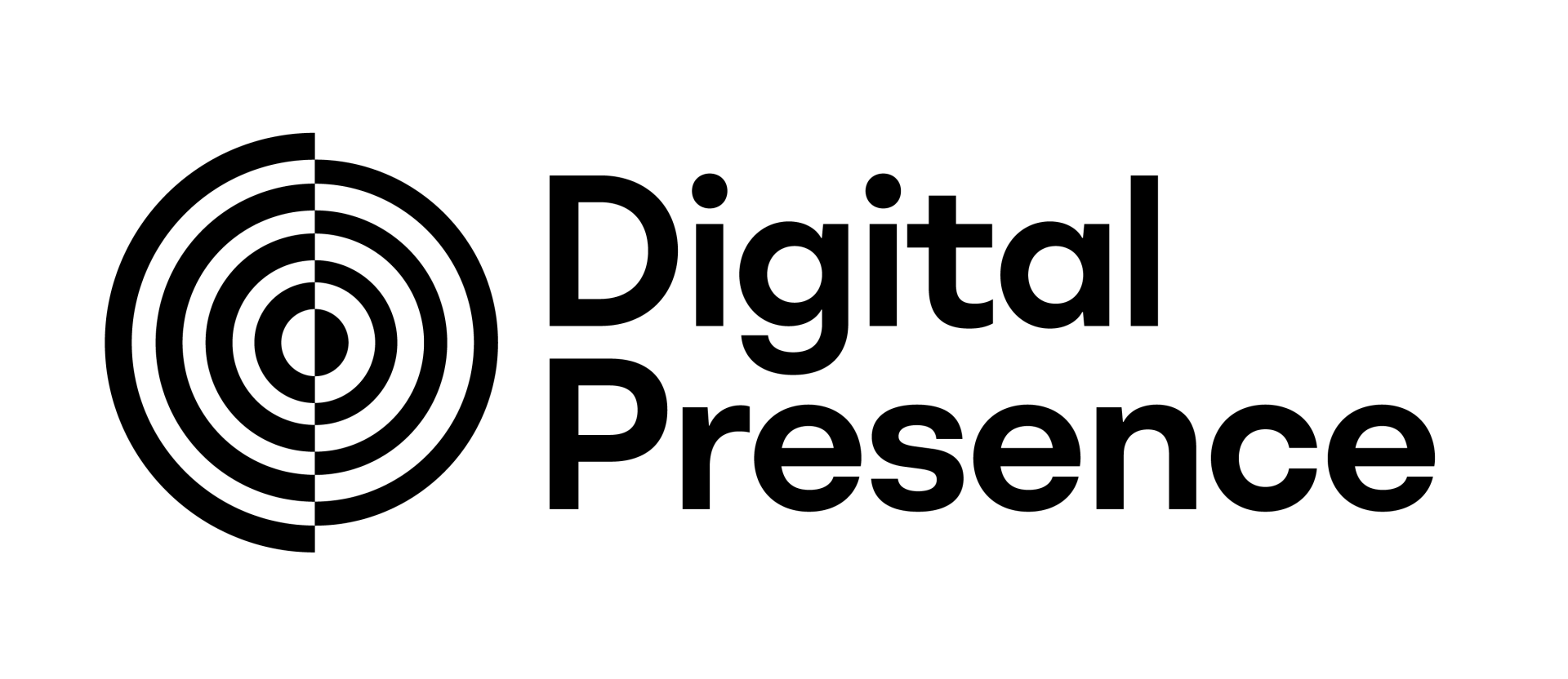
The New Zealand Chiropractors' Association (NZCA) says that a groundbreaking clinical trial demonstrates the significant benefits of chiropractic care on mental health and overall quality of life. This study, published in Brain Sciences , explores the profound neurophysiological changes that occur following chiropractic care and underscores its potential to improve mental well-being. Dr. Jenna Duehr, chiropractor, spokesperson for the NZCA, emphasises the importance of the findings: ‘This is an important clinical trial looking at numerous outcomes following four weeks of chiropractic care. It particularly highlights the potential benefits to mental health, which is the first study to demonstrate these improvements following chiropractic care in a clinical trial.’ The study, titled Neuroplastic Responses to Chiropractic Care: Broad Impacts on Pain, Mood, Sleep, and Quality of Life , involved 76 participants with chronic low back pain. The trial was carried out under the auspices of King’s College London and the New Zealand College Chiropractic Research Committee and compared chiropractic care to usual care and measured outcomes across various parameters, including brain activity, sleep quality, pain levels, and patient-reported mental health outcomes. Key Findings of the Study Enhanced Mental Health Participants receiving chiropractic care experienced significant improvements in anxiety, depression, and fatigue. These benefits were not only statistically significant but also clinically meaningful, enhancing their overall quality of life. Improved Sleep and Reduced Pain The chiropractic group reported better sleep quality, particularly in the light sleep stage, which is essential for physical and mental recovery. Additionally, participants experienced reduced pain intensity and interference, further supporting their mental health and well-being. Neuroplastic Changes in the Brain Advanced neurophysiological assessments, including EEG (electroencephalogram), revealed notable changes in brain activity. Specifically, chiropractic care altered activity in the brain’s Default Mode Network (DMN), a key region associated with emotional regulation, self-perception, and chronic pain. Holistic Improvements in Quality of Life Using the PROMIS-29 health assessment tool, researchers found that participants receiving chiropractic care reported better mood, less fatigue, and improved mobility. These enhancements contributed to a more positive sense of self and an improved ability to manage daily challenges. Chiropractic Care: A Natural Solution for Mental Health Challenges The results of this study resonate strongly in today’s world, where mental health challenges are becoming increasingly prevalent. The NZCA highlights the unique ability of chiropractic care to alter brain function and help patients feel better emotionally and physically without reliance on medications or invasive procedures. ‘This study reinforces what many chiropractors have observed in practice,’ Dr. Duehr says. ‘Chiropractic care is not just about addressing pain or improving mobility; it has far-reaching impacts on brain function and overall well-being.’ Bridging the Gap Between Chronic Pain and Mental Health The research also sheds light on the interconnectedness of chronic pain and mental health issues. With millions of people worldwide suffering from chronic pain, the study highlights how chiropractic care can break the cycle of pain, anxiety, and depression by improving the way the brain processes sensory information. Encouraging Kiwis to Prioritise Their Health The NZCA encourages New Zealanders to consider chiropractic care as part of a holistic approach to improving their health and well-being. Whether you’re dealing with chronic pain, mental health concerns, or simply want to improve your quality of life, chiropractic care could offer a natural and effective solution. For more information about chiropractic care and to find a chiropractor near you, visit the New Zealand Chiropractors' Association website at www.chiropractic.org.nz . Finding a Registered Chiropractor The NZCA advises Kiwis to ensure they consult only registered and accredited chiropractors who are members of the NZCA. This guarantees high-quality care from professionals who meet rigorous standards of practice. To find a certified chiropractor in your area, visit the NZCA website at https://nzchiropractors.org/find/ About the New Zealand Chiropractors Association The New Zealand Chiropractors Association (NZCA) is dedicated to promoting the highest standards of chiropractic care throughout the country. With a focus on holistic, patient-centred care, the NZCA aims to raise public awareness of the benefits of chiropractic treatment and support the health and wellness of all New Zealanders.
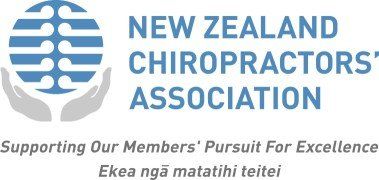
The New Zealand Chiropractors' Association (NZCA) is urging people suffering from back pain to consider chiropractic care as an effective alternative to surgery and opioid painkillers. Current research and expert recommendations highlight the potential risks and limited efficacy of these traditional treatments, while emphasising the benefits of non-invasive chiropractic interventions. NZCA spokesperson, Dr Jenna Duehr, chiropractor explains: ‘At a time when the New Zealand health service is struggling to cope, the country is wasting billions of dollars on surgical and pharmacological treatments for chronic primary low back pain (LBP) when evidence-informed recommendations on non-surgical interventions clearly supports the use of chiropractic techniques.’ According to ACC in New Zealand during 2009–2020, there were 3.3 million ACC claims for LBP with a total cost of NZ$4 billion. Dr Jenna Duehr adds: ‘Back pain is one of the most common health issues, affecting millions of people worldwide. It can significantly impact daily activities and quality of life. Traditionally, surgery and opioid painkillers have been prescribed to manage severe back pain, but recent evidence suggests these approaches may not be the best solutions.’ The Risks of Surgery and Opioid Painkillers Surgery : Australian Orthopaedic surgeon Professor Ian Harris highlighted the over-reliance on surgery in a presentation at the New Zealand Pain Society (NZPS) conference in March 2024. He pointed out that surgery is often ineffective for treating chronic pain, particularly in the neck, back, knees, and hips. Harris emphasised that surgeries like spinal fusions are expensive, potentially harmful, and often no more effective than placebo procedures (NZPS Conference, 2024). Opioid Painkillers : The opioid crisis has brought to light the dangers of relying on these medications for pain management. The Centers for Disease Control and Prevention (CDC) highlights that opioid painkillers carry a high risk of addiction and overdose. Long-term use can lead to dependency, tolerance, and a range of adverse health effects, making them a less desirable option for chronic back pain management (CDC, 2021). The OPAL trial, published in The Lancet , late last year, found no significant difference in pain severity between opioid and placebo groups for acute low back and neck pain. This study underlines that opioids should not be recommended for these conditions due to their ineffectiveness and potential adverse effects (Lancet, 2023). Chiropractic: Effective Alternative Chiropractic care, particularly spinal adjustments, has gained recognition for its efficacy in treating back pain without the associated risks of surgery and opioids. Key benefits include: Non-Invasive Treatment : Chiropractic care involves hands-on spinal adjustments and other techniques to address joint mobility and function and improve the communication between the brain and the body via the nervous system. This non-invasive approach avoids the risks associated with surgical procedures. Pain Relief and Functional Improvement : A systematic review published in the Journal of the American Medical Association (JAMA) found that spinal manipulation is associated with moderate improvements in pain and function in patients with acute lower back pain (JAMA, 2017). Chiropractic adjustments can change the brain’s awareness of the body, reduce inflammation, improve mobility and function and may reduce the risk of further injury.. Reduced Reliance on Medications : Chiropractic care focuses on addressing the root cause of pain rather than masking symptoms with medications. This holistic approach can reduce the need for opioid painkillers and minimize the risk of addiction and side effects. Cost-Effective Care : According to a study in the Journal of Manipulative and Physiological Therapeutics , patients receiving chiropractic care for back pain incurred lower overall healthcare costs compared to those receiving conventional medical treatment, including surgery and medication (JMPT, 2016). Dr Jenna Duehr adds: ‘The evidence is clear that chiropractors can play an important role in evidence-informed, people-centred, interprofessional and collaborative care for spinal and nervous system health. As New Zealand grapples with developing a health service fit for the 21st century we need to focus on the vital role of allied health professionals in keeping people out of the hospitals and enjoying a healthy and active life.’ References: ● Centers for Disease Control and Prevention (CDC). (2021). "Opioid Overdose Crisis." [CDC Website] ● Journal of the American Medical Association (JAMA). (2017). "Spinal Manipulative Therapy for Acute Low Back Pain: A Systematic Review and Meta-analysis." [Journal Reference] ● Journal of Manipulative and Physiological Therapeutics (JMPT). (2016). "Cost of Care for Patients with Back Pain from Chiropractic vs. Medical Treatment." [Journal Reference] ● New Zealand Pain Society (NZPS) Conference. (2024). "Presentation by Professor Ian Harris." [Conference Reference] ● The Lancet. (2023). "Opioid Analgesia for Acute Low Back Pain and Neck Pain (the OPAL Trial): A Randomised Placebo-Controlled Trial." [Journal Reference] ● American College of Physicians (ACP). (2017). "Noninvasive Treatments for Acute, Subacute, and Chronic Low Back Pain: A Clinical Practice Guideline." [ACP Website] ● World Health Organization (WHO). (2023). "WHO guideline for non-surgical management of chronic primary low back pain in adults in primary and community care settings " [WHO Website]

We're back in the clinic, available for bookings online here having enjoyed a week off in Australia with the kids. I managed 69th of 4239 in the Sunshine Coast half which was also a personal best time of 1 hour 18 minutes. We also caught up with an old collegue and had a chance to discuss exciting neurological research done by NZ Chiropractor and Neurophysiologist Dr. Heidi Haavik who is making a splash around the world.

We hope everyone enjoyed their Christmas and New Year holidays, we're back in the clinic and available for Chiropractic bookings. Brooke remains full with Applied Kinesiology appointments till March but we are always happy to add to her wait list in case of cancellations. We've opened up a few extra Saturday spots over the summer as well. Otherwise we're back to normal and look forward to seeing you soon!

Is the continued availability and affordability of a wide range of natural health products important to you? Sign our petition to urge the New Zealand Government to make important changes to new natural health laws, to ensure your favourite products and brands remain accessible and affordable. What’s the Therapeutic Products Bill? The Therapeutic Products Bill is a new law that will change the way natural health products are regulated in New Zealand. Our view is that it will significantly reduce access to natural health and increase costs by requiring the individual assessment and approval of all widely available products and innovative ingredients, including those that have been used safely here for decades. Over 16,000 Kiwis have already voiced their concerns, with 97% of the public submissions on the Bill opposed to it. We share your concerns, so we’re calling on the Government to make changes. Sign and share our petition today , to help ensure that natural health remains accessible and affordable under New Zealand’s new laws.
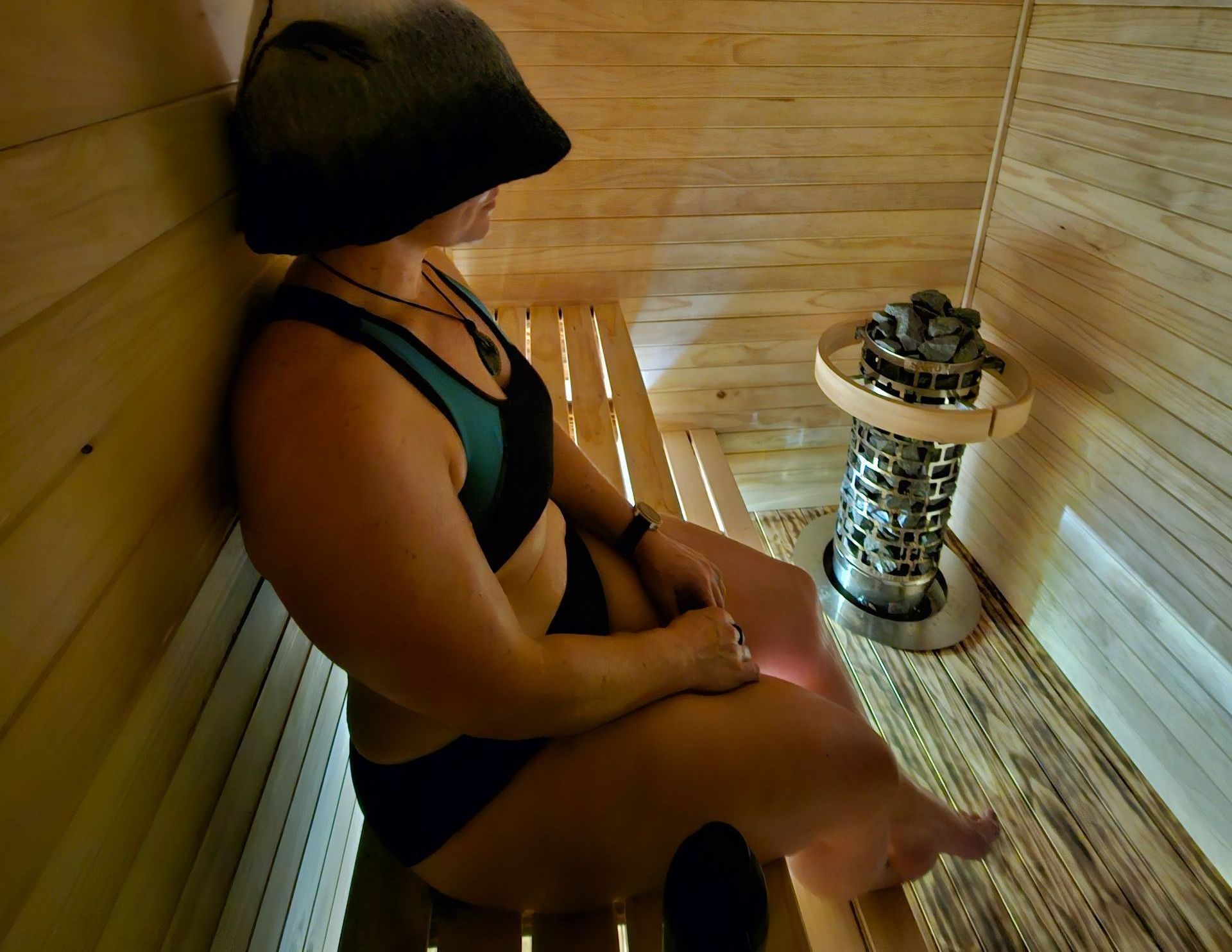
Sauna use has a long history in many cultures but isn't so common here in NZ. Our recent introduction was at the excellant He Puna Taimoana New Brighton Hot Pools where our interest was piqued enough to build our own, coupled with increasing evidence of health benefits that can sync well with Chiropractic care and philosophy. As described in a 2018 research review, regular infrared and/or Finnish sauna bathing has the potential to provide many beneficial health effects, especially for those with cardiovascular-related and rheumatological disease, as well as athletes seeking improved exercise performance. The mechanisms for these effects may include increased bioavailability of NO (nitric oxide) to vascular endothelium, heat shock protein-mediated metabolic activation, immune and hormonal pathway alterations, enhanced excretions of toxicants through increased sweating, and other hormetic stress responses. In addition to the above physiological gains, the electronics/screen-free time either alone or with family or friends is precious enough. We highly recommend having some sauna time and treating yourself! https://www.ncbi.nlm.nih.gov/pmc/articles/PMC5941775/#:~:text=Facilities%20offering%20sauna%20bathin... .

The New Zealand Chiropractors' Association (NZCA) says that a groundbreaking clinical trial demonstrates the significant benefits of chiropractic care on mental health and overall quality of life. This study, published in Brain Sciences , explores the profound neurophysiological changes that occur following chiropractic care and underscores its potential to improve mental well-being. Dr. Jenna Duehr, chiropractor, spokesperson for the NZCA, emphasises the importance of the findings: ‘This is an important clinical trial looking at numerous outcomes following four weeks of chiropractic care. It particularly highlights the potential benefits to mental health, which is the first study to demonstrate these improvements following chiropractic care in a clinical trial.’ The study, titled Neuroplastic Responses to Chiropractic Care: Broad Impacts on Pain, Mood, Sleep, and Quality of Life , involved 76 participants with chronic low back pain. The trial was carried out under the auspices of King’s College London and the New Zealand College Chiropractic Research Committee and compared chiropractic care to usual care and measured outcomes across various parameters, including brain activity, sleep quality, pain levels, and patient-reported mental health outcomes. Key Findings of the Study Enhanced Mental Health Participants receiving chiropractic care experienced significant improvements in anxiety, depression, and fatigue. These benefits were not only statistically significant but also clinically meaningful, enhancing their overall quality of life. Improved Sleep and Reduced Pain The chiropractic group reported better sleep quality, particularly in the light sleep stage, which is essential for physical and mental recovery. Additionally, participants experienced reduced pain intensity and interference, further supporting their mental health and well-being. Neuroplastic Changes in the Brain Advanced neurophysiological assessments, including EEG (electroencephalogram), revealed notable changes in brain activity. Specifically, chiropractic care altered activity in the brain’s Default Mode Network (DMN), a key region associated with emotional regulation, self-perception, and chronic pain. Holistic Improvements in Quality of Life Using the PROMIS-29 health assessment tool, researchers found that participants receiving chiropractic care reported better mood, less fatigue, and improved mobility. These enhancements contributed to a more positive sense of self and an improved ability to manage daily challenges. Chiropractic Care: A Natural Solution for Mental Health Challenges The results of this study resonate strongly in today’s world, where mental health challenges are becoming increasingly prevalent. The NZCA highlights the unique ability of chiropractic care to alter brain function and help patients feel better emotionally and physically without reliance on medications or invasive procedures. ‘This study reinforces what many chiropractors have observed in practice,’ Dr. Duehr says. ‘Chiropractic care is not just about addressing pain or improving mobility; it has far-reaching impacts on brain function and overall well-being.’ Bridging the Gap Between Chronic Pain and Mental Health The research also sheds light on the interconnectedness of chronic pain and mental health issues. With millions of people worldwide suffering from chronic pain, the study highlights how chiropractic care can break the cycle of pain, anxiety, and depression by improving the way the brain processes sensory information. Encouraging Kiwis to Prioritise Their Health The NZCA encourages New Zealanders to consider chiropractic care as part of a holistic approach to improving their health and well-being. Whether you’re dealing with chronic pain, mental health concerns, or simply want to improve your quality of life, chiropractic care could offer a natural and effective solution. For more information about chiropractic care and to find a chiropractor near you, visit the New Zealand Chiropractors' Association website at www.chiropractic.org.nz . Finding a Registered Chiropractor The NZCA advises Kiwis to ensure they consult only registered and accredited chiropractors who are members of the NZCA. This guarantees high-quality care from professionals who meet rigorous standards of practice. To find a certified chiropractor in your area, visit the NZCA website at https://nzchiropractors.org/find/ About the New Zealand Chiropractors Association The New Zealand Chiropractors Association (NZCA) is dedicated to promoting the highest standards of chiropractic care throughout the country. With a focus on holistic, patient-centred care, the NZCA aims to raise public awareness of the benefits of chiropractic treatment and support the health and wellness of all New Zealanders.
